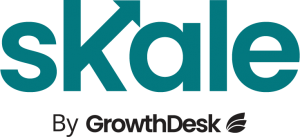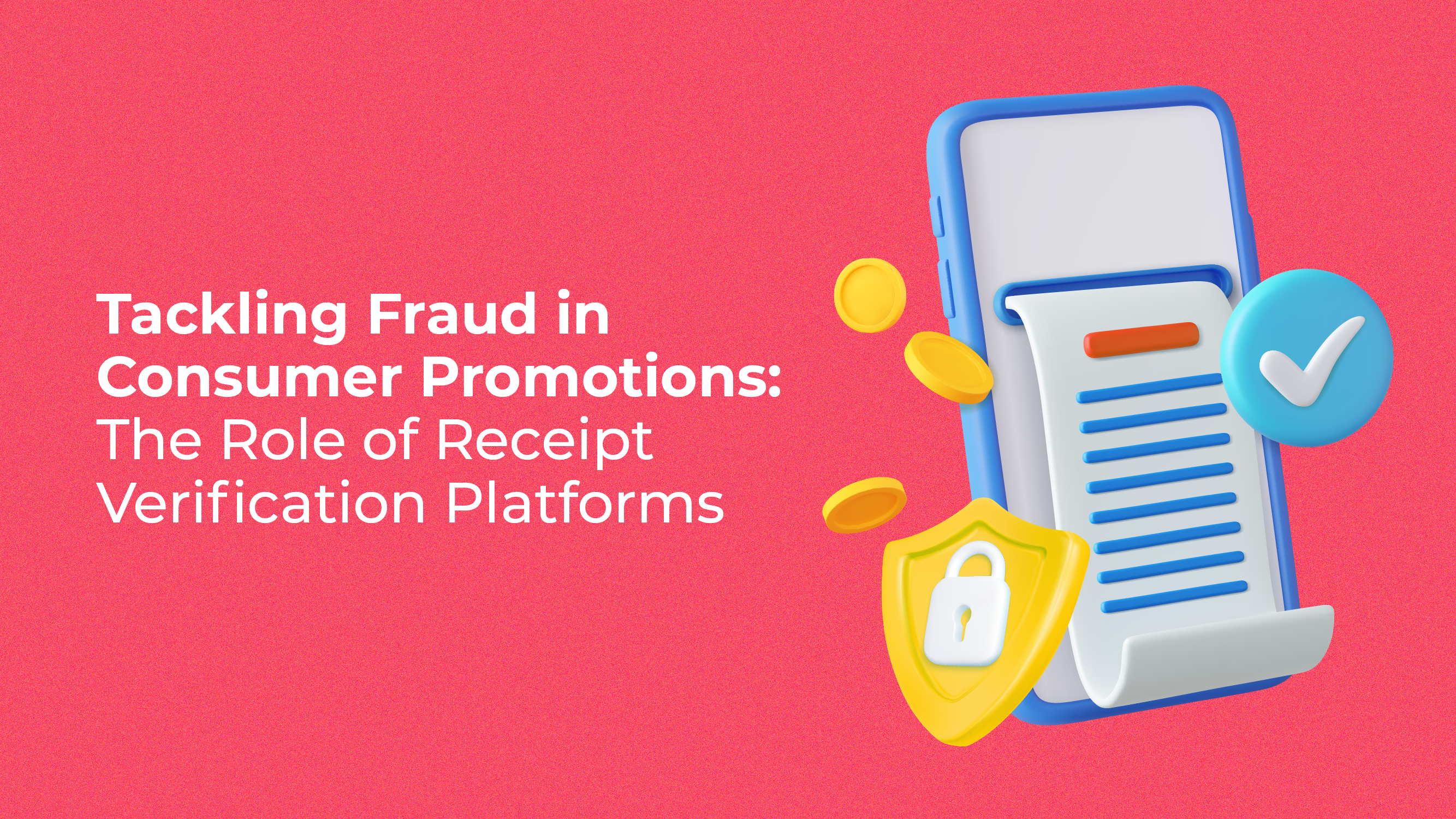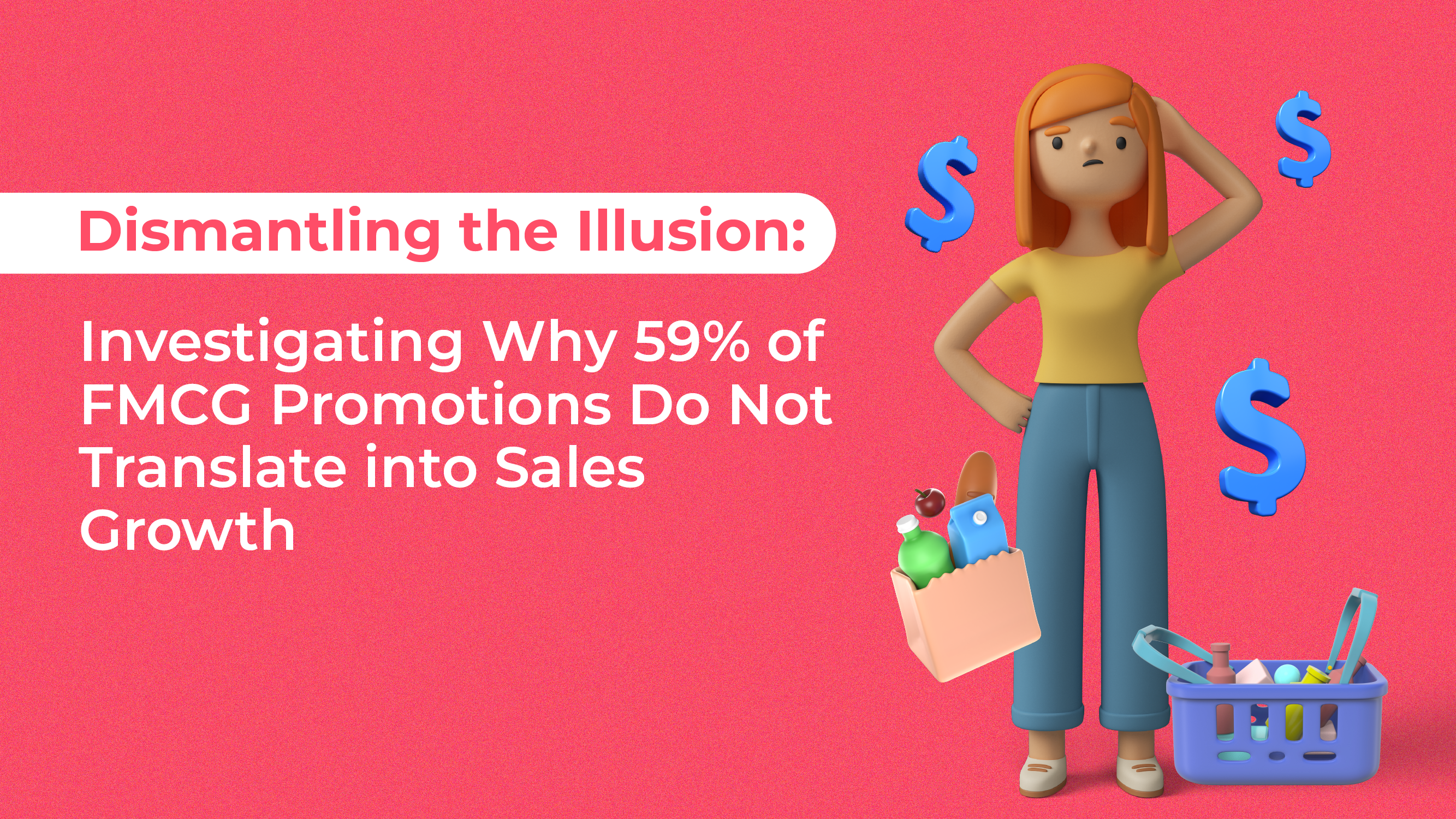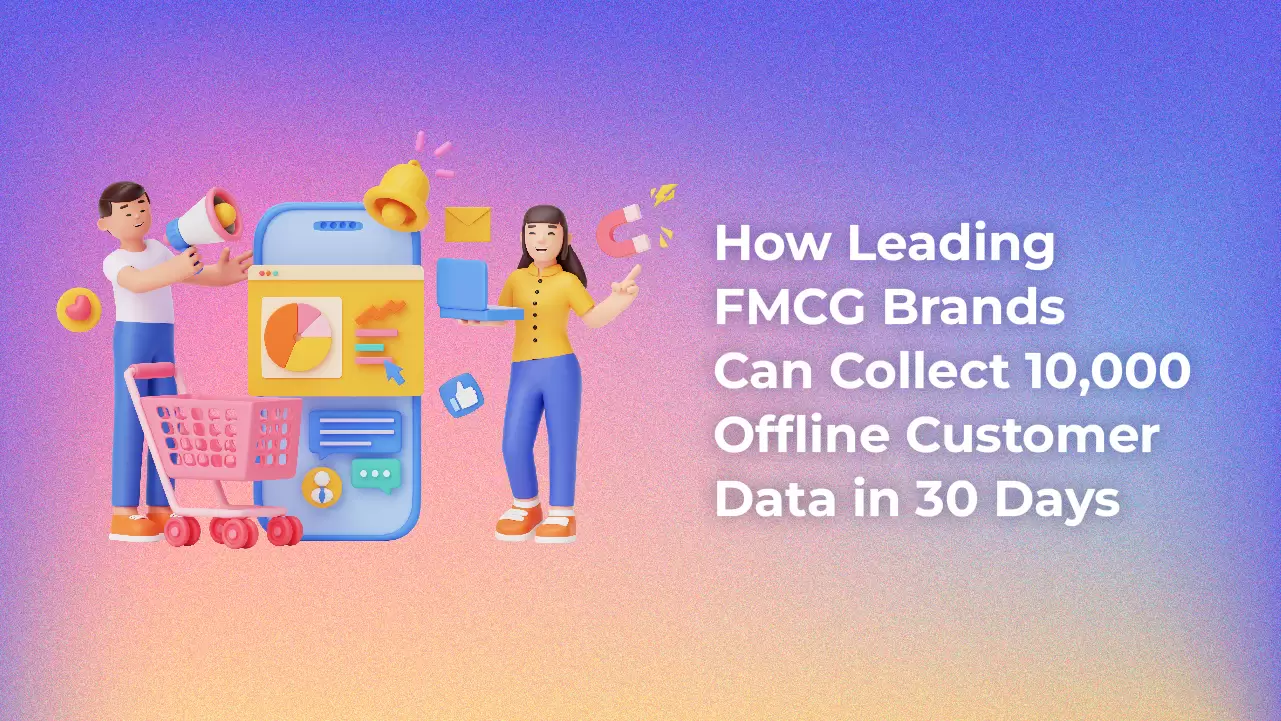Working on side-project is designed to bring a richness to your life, because of the sheer variety of things that it makes you engage with.
But, this also causes a challenge.
In your day job, you wear an employee hat, while you wear multiple ranges of hats in your spare time when you are coding for your side-project when you are working through bringing new signups or when you are sending email replies to your customer.
How does this play on our mental clarity and focus?
What exactly is focus? Focus is defined by the experts as the ability to concentrate on an activity of interest or importance while ignoring other things.
Multitasking is the opposite of focus.
Momentum and long-term results come from focusing on one thing for a long period of time.
You are highly motivated when you start your side project, all is new and exciting. Self-discipline will not suffice to keep you going by the time your motivation gets challenged. The new will wear off, things will go wrong. You will be tempted to give up because you simply can.
How do you keep momentum into your side-project?
Here is a compilation of things developers have found useful in this:
How do you push yourself to work on your side-project, when you don’t feel like?
Connect Deeper
If you resonate with this article, please subscribe to Climb Lean Blog. You will get a free copy of an eBook — Getting the first 100 customers for your startup.







